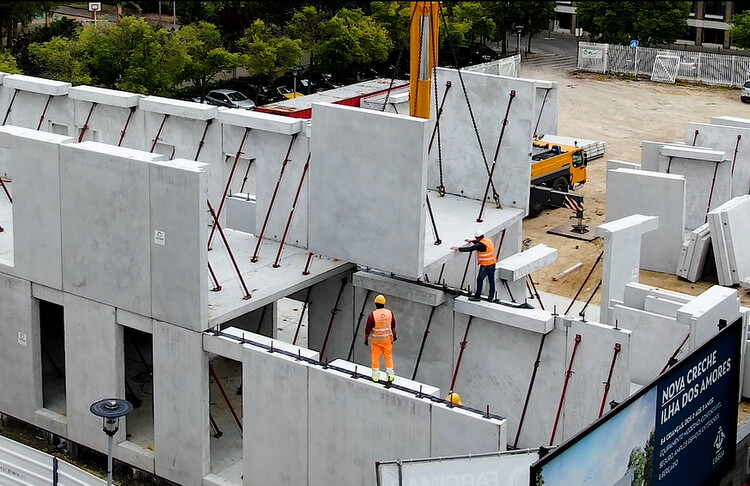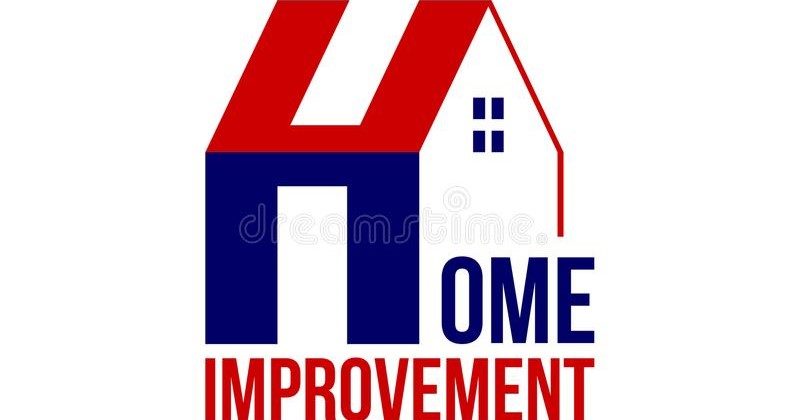
The realm of construction has witnessed numerous advancements over the years, and one of the most notable is the increasing utilization of precast concrete in construction projects. This article aims to shed light on the unique attributes and multiple applications of precast concrete, offering an insightful perspective on why it has become an industry favorite.
What is Precast Concrete?
Precast concrete represents a modern approach to construction wherein the concrete is cast into a specific mold and cured in a controlled environment away from the construction site. This differentiates it from site-cast concrete, which is poured and cured directly on-site. The advantage of an off-site, controlled curing environment lies in its ability to produce concrete pieces that are highly consistent, durable, and of superior quality.
Unmatched Design Flexibility
Perhaps one of the most compelling reasons for opting for precast concrete in construction lies in its unparalleled design flexibility. Since the molds are custom-made, they can be fashioned into a multitude of shapes and sizes to meet complex architectural requirements. This capability unlocks design possibilities that are either very challenging or downright unfeasible when using traditional, site-cast concrete.
Strength and Longevity
Another hallmark of precast concrete is its impressive durability and strength. Fabricated to withstand harsh elements, heavy loads, and the test of time, it serves as an ideal material for long-term and heavy-duty applications. Its inherent density makes it resistant to multiple forms of damage, including fire, pests, and water—qualities that are particularly crucial for infrastructure projects.
Speed and Economic Efficiency
In the fast-paced world of construction, time is often as valuable as any other resource, and here too, precast concrete shines. Specifically designed panels can be created off-site while other construction activities are underway, allowing for a streamlined process that saves both time and money. These panels are not just aesthetically pleasing but can also serve functional, structural roles such as load-bearing walls, floors, and staircases.
Broad Infrastructure Applications
Precast concrete in construction is not limited to buildings alone; it also has pivotal roles in creating robust and reliable bridges. Elements like bridge beams are fabricated in a meticulously controlled environment, which ensures uniformity and quality—factors that are non-negotiable when it comes to the structural integrity of such critical infrastructure. Beyond beams, it is also used for constructing bridge decks, parapets, and a range of other components.
Additional Civil Uses
The versatility of precast concrete extends to other types of civil engineering projects as well, including retaining walls and sound barriers. These walls help in holding back soil and preventing erosion, while sound barriers act as an effective solution to mitigate noise pollution from highways and railways.
Conclusion
In sum, precast concrete in construction offers an unmatched blend of design flexibility, durability, and economic efficiency, making it a go-to choice for a diverse array of projects ranging from residential and commercial buildings to large-scale infrastructure works. If you are planning a construction project and pondering over the choice of materials, precast concrete stands as a versatile, robust, and cost-effective option worth considering.


